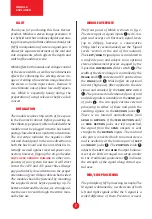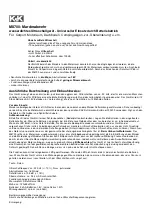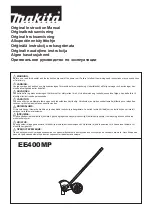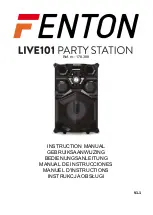
ed for the exact cancellation of components
that are identical, but out of phase. What is
sometimes surprising is that applying the
same sum and difference to M and S reverts
the whole process—which is precisely how we
get back to left (L) and right (R) at the end.
Bear in mind that M/S representation will
not magically separate sounds that are center
panned from those which are off-axis. The S
signal contains only those components of the
audio signal that are in opposite phase in the
left and right channels and that are canceled
out when the audio is reduced to mono. It
mostly represents the part of the stereo signal
which differentiates it from mono audio. If a
sound is hard-panned, i.e. it is present only in
one channel (either left or right), it is split into
equal parts with 50% present in the M and
50% in the S channel.
Nevertheless, having the mid and side infor-
mation separated allows for dynamic pro-
cessing, equalization, and other effects to be
independently applied across the depth and
width of the auditory image. Besides special
effects, an important advantage is that sepa-
rate or even completely different treatment of
both mid and side signals retains the overall
balance and symmetry of the scene.
Patch a stereo signal into the left and right
inputs. Take the M and S signals from the send
pair of jacks, process both M and S signals and
feed the resulting pair into the return jacks.
The processed stereo pair will be available at
the bottom left and right jacks.
You can also experiment with replacing one
(or both) of the M and S with something en-
tirely different.
3
4
2
1
7
3
front panel
overview
fig. 1
9
5
6
8
10
























